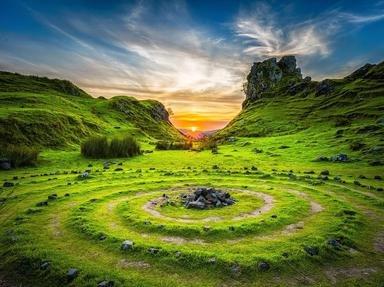Quiz Answer Key and Fun Facts
1. Thimble History: The thimble, used to protect fingers and thumbs while sewing, has been around for quite a while. According to evidence found, how long ago were thimbles first used?
2. American History: The California State flag was adopted in 1911 and has a grizzly bear in the design. What is the name of the bear?
3. English History: "Ring a Ring O'Roses" is a nursery rhyme which is thought to have arisen from which historical event?
4. American History: During Christopher Columbus's second voyage, between September 1493 and June 1496, on which territory did he never set foot?
5. American History: Which act did President Abraham Lincoln sign into law on May 20 1862?
6. English History: At which battle during the Wars of the Roses was Richard III killed?
7. American History: On January 15 1919, what disaster hit Boston, USA?
8. American History: The Bunker Hill Monument, built to commemorate one of the earliest battles in the American Revolution, sits atop which hill?
9. German History: With which historic event is the origin of the soda drink Fanta associated?
10. English History: Jacob Astley, 1st Baron Astley of Reading uttered a now famous prayer before the Battle of Edgehill during the English Civil War. "Oh Lord, Thou knowest how busy I must be this day. If I forget thee, do not thou forget me". Less well known is what he said next. What was it?
Source: Author
shipyardbernie
This quiz was reviewed by FunTrivia editor
ponycargirl before going online.
Any errors found in FunTrivia content are routinely corrected through our feedback system.
